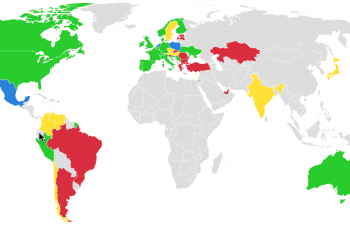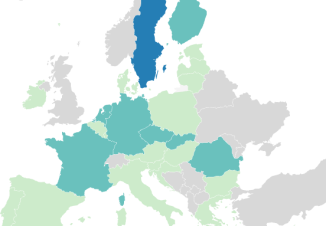
The European Parliament on 30 March 2023 overwhelmingly approved pay transparency rules that had been proposed by the European Commission two years ago. After formal adoption by the Council of Europe, member states will have three years to implement the rules into their national law.
The primary target of the new rules is the so-called gender pay gap, which still stands at around 13% in Europe despite previous efforts to tackle it. A number of EU countries have adopted their own national rules on gender pay gap reporting, but the new European rules go further than most existing laws in terms of what reporting is required and what employers must do when a gender pay gap is identified.
When the new rules are implemented, employers with 250 or more workers must report their gender pay gaps every year, and employers with 150-249 workers will have to report every three years. The threshold will be lowered to 100 workers within five years of the rules coming into force, and these smaller employers will also have to report gender pay gaps every three years. Member states are free to go further and set the headcount at a lower level, require more regular reporting, or include a wider category of workers.
If an employer’s reporting shows a gender pay gap of 5% or more and the gap is not justified, it must take steps to remedy the situation within a reasonable time. If the employer fails to do so, it will be required to conduct a ‘joint pay assessment’ in cooperation with the employee representatives.
Member states must put in place penalties, such as fines, for employers that violate the rules, and the penalties must be effective and proportionate. Intersectional discrimination is included as an aggravating circumstance when determining penalties. In addition, a worker who has suffered harm as a result of a violation will have the right to claim compensation.
The rules provide that workers and their representatives have the right to receive clear and complete information on individual and average pay levels, broken down by gender and by worker categories (i.e. workers performing the same work or work of equal value). This right applies to all workers, regardless of the size of the employer.
Importantly, employers will be prohibited from imposing contractual terms that restrict workers from disclosing their pay or from seeking information about other workers’ pay. Employers will also be prohibited from asking job candidates about their pay history, including their current salary.
In job vacancy notices or before job interviews, employers will have to disclose the initial pay level or range for the position. Vacancy notices and job titles will have to be gender neutral and recruitment processes led in a non-discriminatory manner.
The new rules shift the burden of proof on pay-related issues from the worker to the employer. Where a worker brings a claim based on a violation of the principle of equal pay, the burden will be on the employer to prove that there has been no discrimination.
For more information about our gender pay gap reporting map



